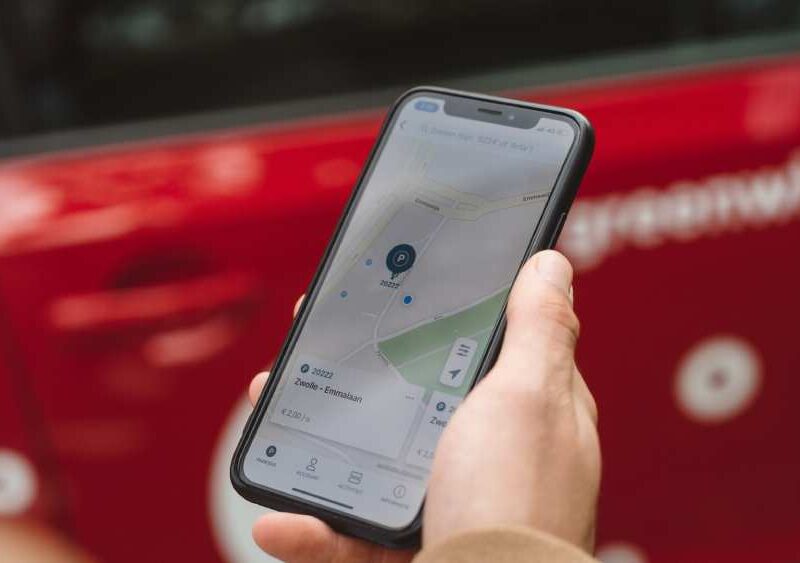ELDs are a vital tool for commercial motor carriers, helping fleets handle compliance and boost safety on the road. However, not all devices are created equal.
Before you purchase an ELD device for your fleet, do your research. Look for reviews from other drivers and determine whether they offer free trials.
Real-time GPS Tracking
Using GPS, the best ELD solutions offer real-time tracking. This makes it easier to prevent theft, dispatch drivers without calling them, and provide customers with accurate ETAs. Some even offer a geofencing feature, where you can create a virtual boundary around any location, like a yard or terminal. When a vehicle leaves the geofence, you’ll receive a notification.
Fleet owners and managers can use GPS data from ELDs to enhance vehicle performance, boost service deliveries, and keep customers happy. Mileage and fuel usage reports and engine diagnostics help them plan maintenance and identify potential problems early.
The best ELD device reduces CSA violations by eliminating human error in totaling HOS logs and providing better route planning tools that minimize operational expenses. They increase fleet profitability by reducing fuel costs and engine idling. They can also improve safety by monitoring driver fatigue and accident reporting. Some devices even feature voice coaching and two-way communication to improve the driving experience of your fleet’s drivers.
Geofencing Support
Whether you need to keep tabs on vehicles while they’re at the shop, track delivery trucks on the road, or monitor fleet vehicle locations, geofencing is an essential tool for many applications. It allows businesses to draw virtual zones around sites, work areas, and security locations and trigger alerts whenever a device enters or exits the zone.
ELDs help keep trucks compliant with federal regulations, reducing the risk of costly audits. They also help drivers and managers save time by streamlining work processes, lowering commercial insurance premiums, and improving route planning.
Choosing the right ELD is crucial for companies looking to maximize fleet efficiency and reduce liability. Before committing to a device, consider the tech options, subscription charges, and warranty details. Opt for a free trial that lets you test the device before purchasing. This will allow you to make an informed decision and get the most out of your investment.
Easy to Use
Although ELDs require some upfront investment in hardware, installation, and subscription fees, they’re worth the price as they minimize fuel wastage, lower commercial insurance premiums, reduce downtime issues, streamline DOT compliance, facilitate routing, and improve driver safety. Furthermore, by preventing fatigue and optimizing rest periods, they prevent crashes and reduce costly fines.
Moreover, by connecting to an engine’s onboard diagnostics port, they can pull critical engine data sets like average mileage and fault codes to arrange preventative maintenance and quicker response times in case of breakdowns. They also enable drivers to fill in electronic DVIRs via a smartphone app, which reduces back-office workload and improves efficiency.
Additionally, avant-garde ELDs come with specialized capabilities and features, including geofencing support to generate a virtual frontier and ensure safety on the road. Other handy features include a rugged design and a graph grid display that helps inspection officials validate logs.
Integrations
A good ELD device can integrate with other fleet-based applications, such as dispatching or fuel estimation systems. Such integrations can simplify processes and increase productivity, allowing trucking businesses to save time and resources.
It should also feature a simple installation process so drivers don’t waste time with complicated setups. Choosing an ELD with a streamlined installation will help prevent the risk of fines for violating the FMCSA’s HOS regulations.
In addition to saving time in logging and complying with FMCSA requirements, implementing an ELD system can improve safety and reduce costs. Research by ATA shows that trucks equipped with ELDs have 53% fewer driving-related violations.
Furthermore, the data obtained from these devices helps to reduce fuel costs and engine idling, improve route planning, and prompt preemptive maintenance. This, in turn, leads to higher fleet efficiency and reduces costly vehicle downtimes.







